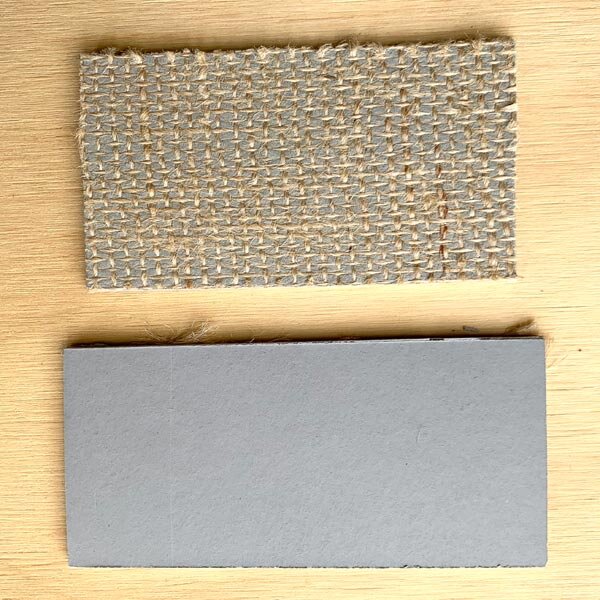So, What Exactly is Printmaking Linoleum?
Linocuts are carved and printed from blocks of linoleum. What exactly is printmaking linoleum made of anyway?
Frederick Walton invented linoleum in the mid 1800’s and artists have been using it as a relief printmaking material for over 100 years. It’s a versatile alternative to wood for printmakers. But, most people know linoleum for its use as flooring.
Printmaking linoleum is a relatively thin material, about 1/8” thick, and is available from art supply shops. For purposes of this post, I’m not talking about the soft plasticky blocks like Speedball Speedy-Carve and Speedy-Cut, but rather traditional linoleum. According to a major linoleum manufacturer, art linoleum is made out of the following ingredients:
Linseed oil
Natural rosin
Wood flour
Limestone
Jute (the backing)
Battleship Gray Linoleum Blocks
Battleship gray linoleum is one of the main types of lino that artists carve and print and it’s the type that I’ve used for many years. It does come in other colors, though, like tan. In addition to thin sheets of linoleum, sometimes it comes glued flat (i.e. mounted) to a piece of wood such as MDF.
If you’re curious about the environmental friendliness of linoleum, this Scientific American article talks about some of the green benefits of linoleum flooring, which is essentially the same material as art linoleum, as far as I understand. And, here’s a video about how linoleum is made and a funny little video about its natural ingredients.
Finally, I’ve been inspired by online conversations I’ve had with folks around the world seeking information here on my website about the art of linocut printmaking during the COVID-19 pandemic. Thank you.

